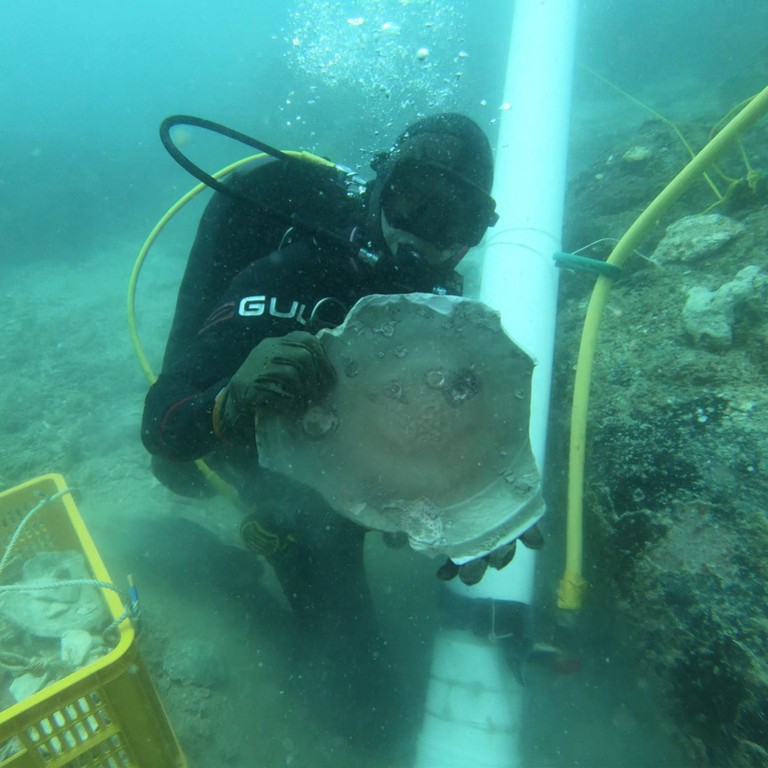
Explainer | How does the amazing world of underwater archaeology work? Lifting the veil on excavations as China has announced some significant finds
- Underwater archaeology is similar to terrestrial archaeology, but with unique differences
- A technology we take for granted, scuba gear, fundamentally transformed the field
Whether it happened a thousand years ago, or just last year, our vast oceans are littered with human history in the form of shipwrecks.
We have a treasure trove of information waiting to be discovered beneath our oceans, snapshots of moments in time waiting to tell their story. Thankfully, there are people who build their entire careers around unlocking these mystery boxes.
A snapshot of time

A core element of shipwrecks is that they represent a snapshot of time.
Yes, a site will develop and change underwater due to time, such as other objects falling on top of it, but the scientists researching the wreck are investigating a specific moment of history.
“You are dealing with a single time capsule, a single moment when that ship sank. So everything on that site belongs to that moment in time. So in that respect, it is different [from land archaeology],” said Bridget Buxton, an archaeologist at the University of Rhode Island who specialises in underwater expeditions.
Many archaeological sites on land involve cities built on top of themselves, sometimes over millennia. Shipwrecks, on the other hand, are more similar to a tomb or a coffin, whereby they represent the moment they were sealed, or, for ships, sunk.
“This is what we call a single locus,” said Buxton, a term that refers to a specific and defined spatial area featuring objects that all belong to a single archaeological context. While an ancient city may have thousands of loci, shipwrecks are usually thought of as one.

The field of ocean and sea archaeology is also filled with scientists looking for specific wrecks, much like Robert Ballard when he searched for the Titanic. That being said, that also happens on the land.
“There are some people out there chasing very specific shipwrecks, it has a name, a date; something went missing, and they know exactly what it is,” said Buxton.
Or, Buxton said, it might come in the form of old artefacts washing ashore on a beach, with local governments calling in experts to determine what it is.
“Those are the two extremes, ‘we are going to find it, or it came to find us’, and there is a whole lot in between,” she said.
What are the technical differences between underwater and land archaeology?

While the scientific process of terrestrial and aquatic archaeology is similar, the technology is inherently different.
A case in point is the most important invention in the history of underwater archaeology: scuba gear.
To highlight the importance of scuba gear, look no further than the Antikythera shipwreck, a Roman-era merchant vessel was first discovered in Greece in 1900 by sponge divers.
“No trained archaeologist at the time had the skill to wear one of those hard-hat suits. So you had the archaeologists on the dig but the work on the sea floor was being done by professional divers,” said Buxton.
The invention of scuba gear allowed archaeologists to learn how to dive, so they could do the work themselves and stay underwater for extended periods.
Other breakthrough technologies include uncrewed vehicles that can dive to great depths, allowing scientists access to wrecks that are too deep or too narrow for humans.
One significant modern breakthrough has been the development of photogrammetry, which has been important for underwater archaeology because it allows scientists to create accurate 3D models of sites, offering an efficient avenue to gather more information.
“That is where there has been huge progress, but in terms of actual digging, the main tool is still our hands and that has not changed,” said Buxton.


